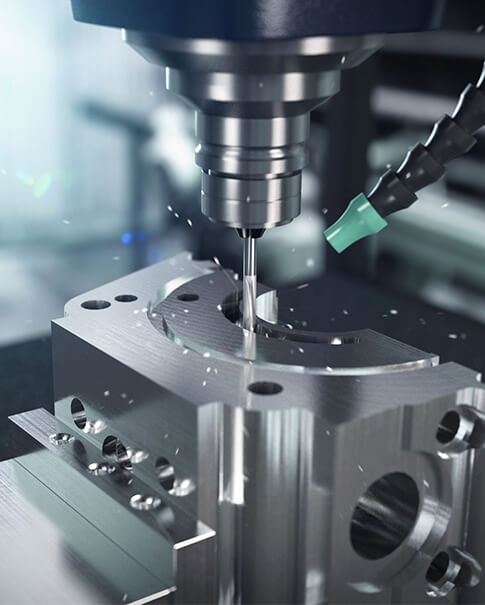
|
Many of our finished products have the option for additional finishing and treatment options. Parts can be finished to enhance function, prevent wear, or just to increase the visual imprint. Finishing services offer a vast range of benefits for your parts, components, and prototypes. Surface finishing refers to different processes used to alter the surface of a manufactured product to give it a distinct or desired look and feel. Different techniques are used to improve the appearance, adherence, solderability, resistance to corrosion, hardness, conductivity and many other characteristics of industrial components. Just as there are different types of metals, there are also different types of metal finishing techniques that machinists and welding fabricators use on these metals. Not knowing the appropriate metal finishing techniques for a construction can result in material wastage, thus, raising the cost of manufacturing. This could also lead to an increase in cycle time and possibly deny the client the opportunity of being market leaders. To avoid such undesirable results, you first need to understand how to give your product the right finish appropriately. This will have a significant impact on the cost, quality, and attractiveness of the project. |
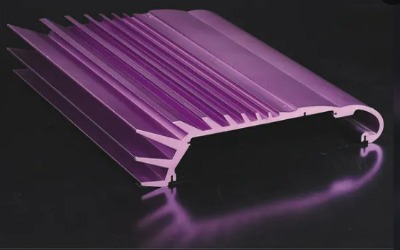 |
Importance of Surface Finishes
Machinists do not use surface finishes just for their aesthetic value only. They also serve as a means of protection to the metal.
Other exciting benefits of surface finishes include:
It helps to enhance aesthetics
Aesthetics of the product is just as important as how well the product performs to many clients. With metal surface finishing, your metal surface will look just as good as ever.
Increases the metal’s resistance to corrosion
Corrosion is one of the biggest destroyers of metal surfaces and parts. However, with a well-done surface finish, the metal surface is well protected and can last longer.
Ease for the manufacturing process
A proper surface finishing makes the manufacturing process easier. For instance, a well-brushed and sandpapered surface adheres to paints easier, relieving the manufacturer of stress.
Surface finishes help to improve metal conductivity
It increases the surface resistance to chemicals, protecting it from chemical attacks
It increases strength and resistance to wear
A proper surface finish helps to minimize friction effects
Metal Surface Finishes
There are different types of metal finishes you can adopt for your next project. The kind of project at hand dictates which type of finishing you should adopt. Below are some common metal surface finishes you should know:
|
Electroplating Chemicals and electricity create a metallic coating on the surface of individual pieces. This process, known as electroplating, places a layer of nickel, chrome, zinc or cadmium on the metal. Though this process does not smooth out errors in the metal’s surface, the coatings have advantages. Cadmium and zinc reduce rusting while chrome and nickel make the product more durable. |
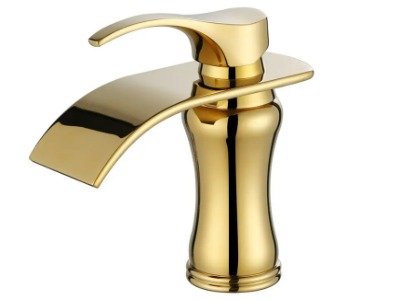 |
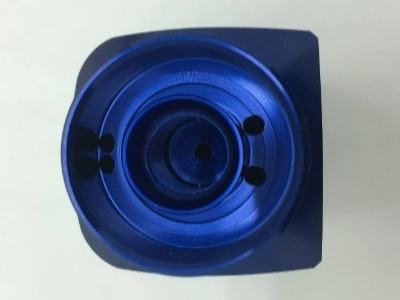 |
Powder Coating Unlike electroplating that cannot do anything about surface defects, some powder coatings can smooth these out. Powder coatings put a layer of durable melted plastic powder onto the metal. Finishes can be glossy, textured, or matte. Textured surfaces are best if surface defects exist. Glossy and matte finishes don’t do as good a job at hiding surface defects. This method is also not ideal if you have sharp edges that need to be smoothed out. |
|
Anodizing Machinists use this electrolytic passivation process to increase the thickness of the natural oxide layer on the surface of metals. Machinists anodize metals to increase their resistance to wear and corrosion. It also helps primers and glues adhere easily to metal surfaces than ordinary metals do. If you anodized a metal, you would have altered the microscopic texture of the surface of the metal. Anodized metal surfaces seem to be harder than ordinary metal surfaces. |
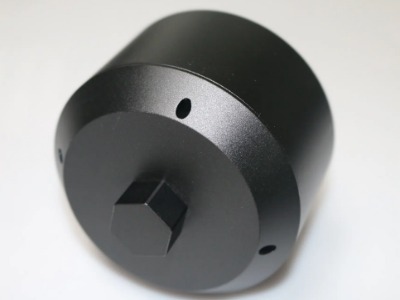 |
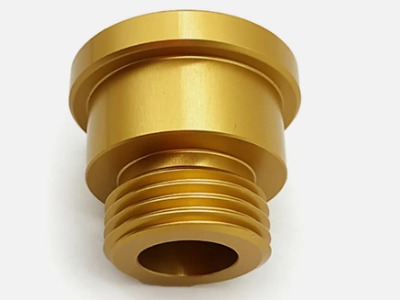 |
Sand-Blasting Sand-blasting works best for large, flat surfaces that require a matte finish. This process requires special eye and respiratory protection for workers who use blasters that force tiny particles at the metal. Since it uses sand to shape the metal, this process is better for softer metals, which are more easily formed by the sand. As expected, skip sand-blasting for very small, fragile or highly detailed pieces. |
Buff Polishing
Buff polishing does an excellent job with creating a smooth, non-textured surface. It uses a cloth on a polishing machine to give a rounded finish. While the finish can’t be topped with a buff polisher, it cannot be used if you have intricately designed metal pieces with small crevices the cloth cannot reach. It’s also not ideal for very fragile pieces.
Grinding
Grinding machines use abrasive wheels to smooth out surfaces. There are several types of grinding machines designed to deliver different levels of finite smoothness. As noted above, grinding is used to reduce surface roughness left over from machining and as a final step in the machining process to close in on a tolerance. A surface grinder is the most common form of grinding machine but there are numerous specialty grinders such as centerless grinders and blanchard grinders in everyday use as well, with precision blanchard grinding being a widely-used metalworking technique ideal for oversized parts.
Numerous varieties of hand grinders are used for metal removal, slag cleaning, etc. Die grinders are employed for detailed work in passages of intake manifolds, dies, etc. These are commonly fitted with special shaped abrasive wheels known as mounted points.
Heat Treating
An important step in many metal manufacturing operations is heat treatment, which is used to procure desirable characteristics in the material after its finished shape is attained. For example, after gears are cut they are usually hardened through an inductive or flame heating process to increase wear resistance at the teeth surfaces while improving the strength of the underlying teeth. Hardening usually applies a quenching operation which is a critical step in transforming the grain structure of the metal. Case hardening is used on the shackles of padlocks, for example, to produce a shell that resists mechanical attack. Heat treating is applied too to remove any residual stresses left by manufacturing. Nitriding is another surface hardening process which can be done below the transformation temperature of steel, eliminating the need for quenching and any part distortion that could result.
How to Measure Surface Finish
Measuring the surface finish of a metal involves measuring the surface roughness of the metal. To do this, you need to properly examine and analyze the irregularities you find on the surface.
There are two common ways you can adopt to analyze the irregularities, and they include:
Using a surface roughness comparator
The first method requires using a surface roughness comparator. It is a manual process; thus, it has low accuracy. Roughness comparators are available for some common finishing processes, including casting, shot blast, grit blast, the surface turned, cylindrical ground, conventional machining, and electrical discharge machining.
Using a surface profile scanner
The second method, on the other hand, requires using a surface profile scanner. This provides more precise measurement as it uses laser scanning. Therefore, it is the most common method due to its high accuracy.
Using a coordinate measuring machine
Originally, machinists use coordinate measuring machines to measure the height, width, and depth of parts. However, new sensors on these machines allow them to automatically measure surface finishes. This way, you can switch between part scanning and surface finish measurement easily.
Choosing a Metal Finishing Process
There are a few considerations in narrowing down choices when it comes to selecting a metal finishing technique. Some helpful things to keep in mind are:
GT Prototype Services
Have you been looking for the best company that can offer you an excellent machining services including surface finishing? Now you can relax because your search stops here.
GT is a professional Metal Surface Finishing providers in China, provide high quality metal surface finishing services.
At gt, we offer quality surface finishing at reasonable prices. With us, you can save 32% of your budget. We know that you want quality finishing for your parts production without breaking a bank to get it; that is why our quality service is affordable.
We have more than 100 sets of 3, 4, and 5-axis CNC machines and a wide range of auxiliaries in China. Therefore, you can relax because we are capable of handling your project. With us it doesn’t matter what tolerance, material, or surface finish is needed for your metal parts. We always deliver. We also know how much you value time; thus, we deliver within the promised lead time.
Also, you don’t have to come all the way down to our firm to get your job done. Just contact us through email, and we’ll attend to your needs. You can also upload your CAD file to get a quotation.